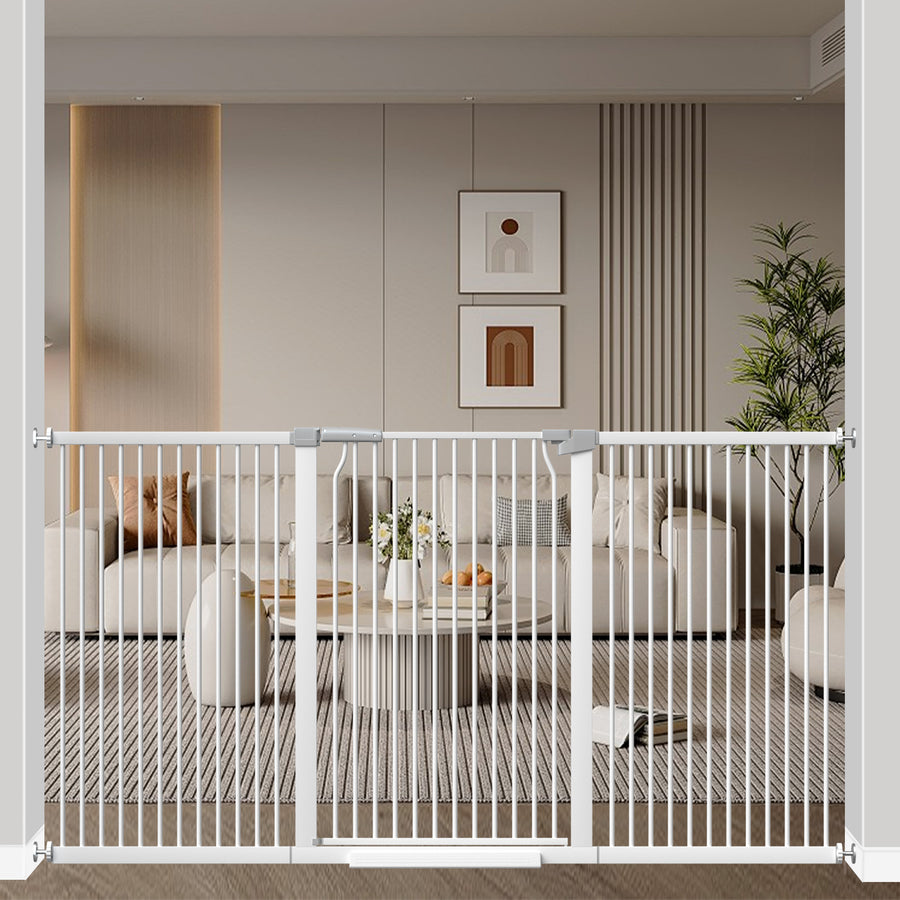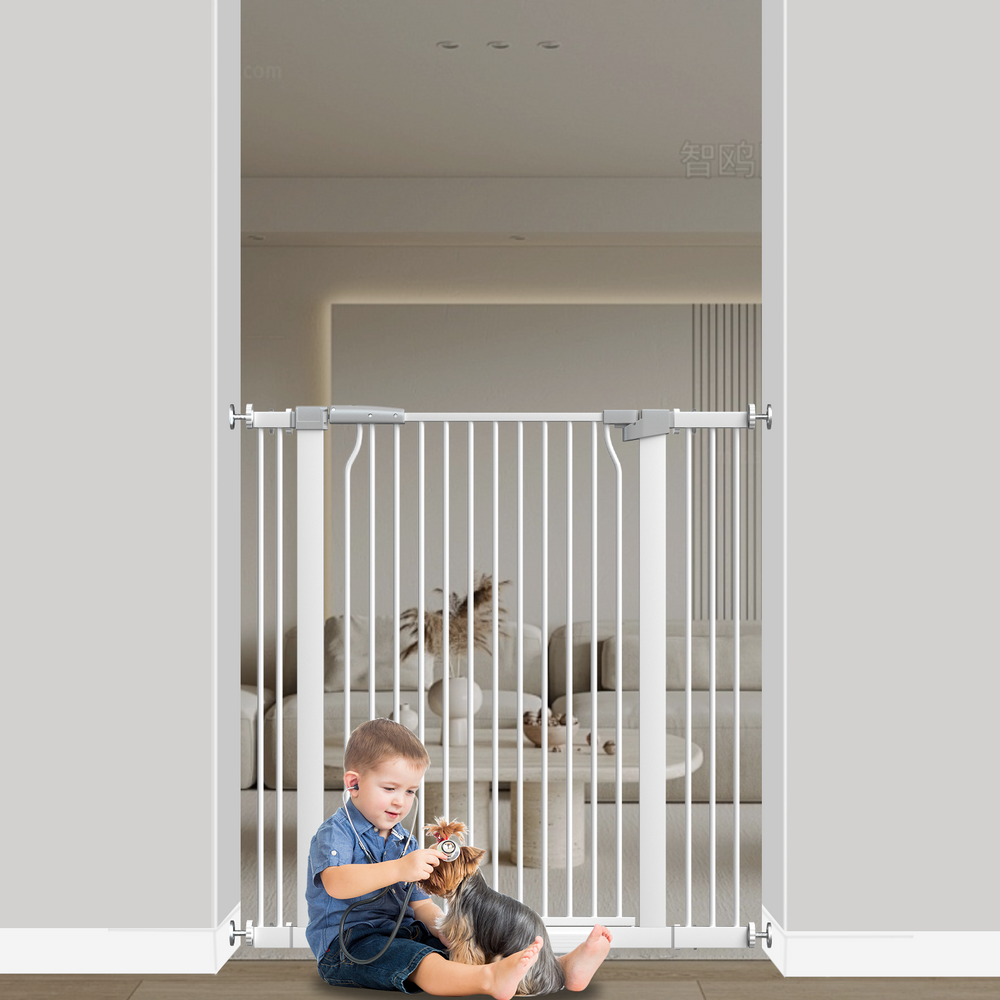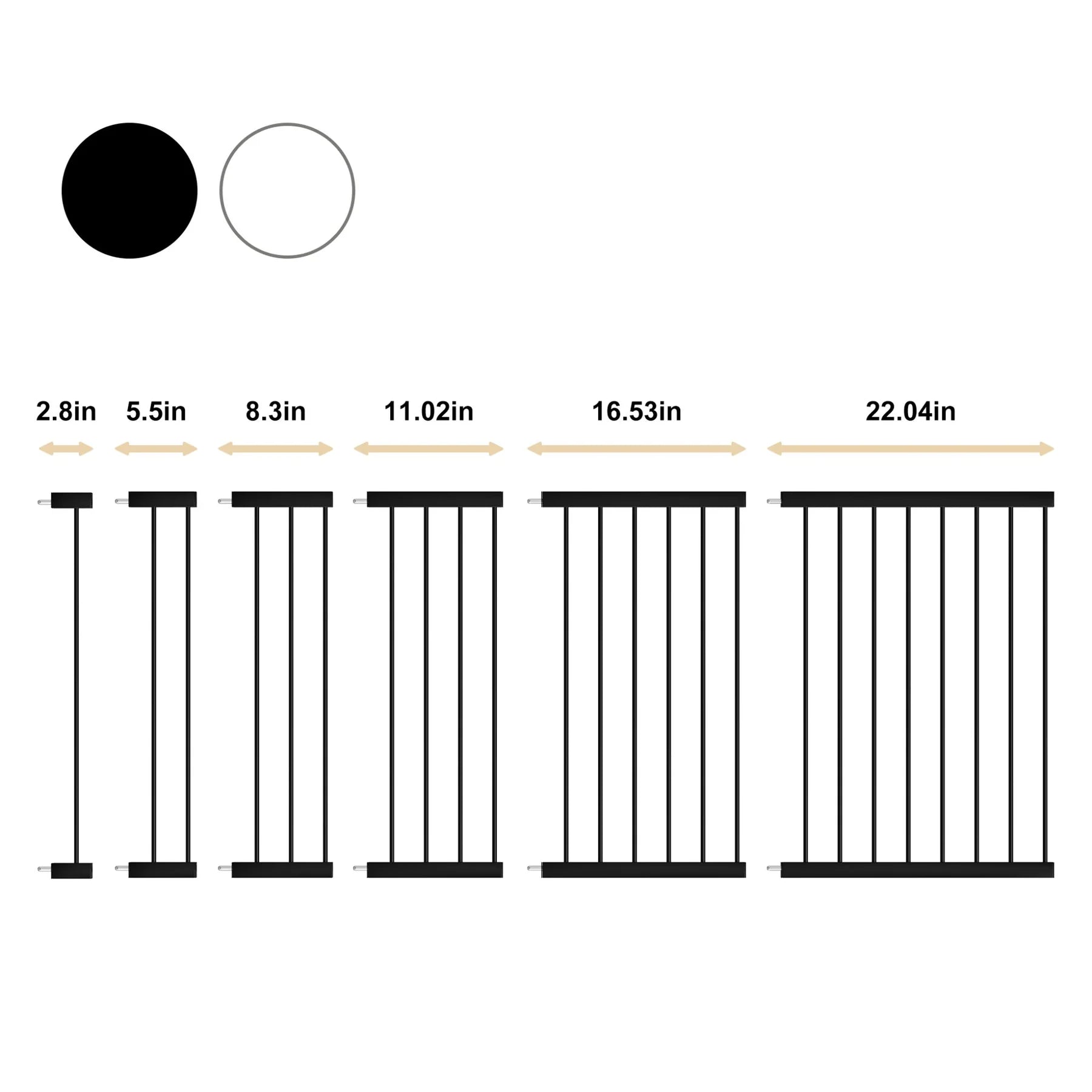Understanding Pet Gate Components
Pet gates are invaluable for pet owners looking to ensure their pets' safety and manage their movement within the home. This guide delves into the various elements of pet gates, highlighting their importance in maintenance, problem-solving, and overall effectiveness in keeping your pets and home secure. From understanding different latches to the significance of gate extensions, we explore the myriad parts that compose these vital barriers.
Pet gates serve a variety of purposes, including containing pets in specific areas, restricting access to parts of the home, and ensuring pet safety. Becoming familiar with the components of these gates can aid in making well-informed decisions and addressing any operational issues.
Core Components of Pet Gates
Frame: The structure that holds the gate together. It's usually made from materials like wood, metal, or plastic and forms the outer edges of the gate.
Panels: The sections that fill the frame, which can be solid or made of multiple bars. The panels may be adjustable or fixed and are what actually block the pet from passing through.
Locking Mechanism: This is a crucial part of the gate, ensuring it stays closed and secure. Including pressure mounts, hardware mounts, or sliding locks. Various locking mechanisms keep the gate securely shut, ranging from simple latches to sophisticated, easy-to-use systems.
Hinges or Expandable Sections: Many gates have hinges or expandable sections to fit different widths of doorways. They can fold or expand for storage or adjustment.
Feet or Support Base: For freestanding gates, feet or a support base provide stability to ensure the gate doesn't tip over.
Safety Features: These might include rubber bumpers to protect walls. Small pet doors within the larger gate, or specific design elements to prevent pets from climbing over or getting stuck.
Additional Components
Some pet gates are designed to be adjustable in height or width to accommodate various sizes of pets and doorways. Extensions help adapt a gate's width for larger spaces, ensuring stability and fit.
Hinges either enable the gate to swing open or hold it in place, requiring regular maintenance for effective operation.
Maintaining Your Pet Gate
Regular upkeep is key to keeping pet gates working well for a long time. This means cleaning the bars or mesh to stop any build-up and keep the gate working properly. It's also important to frequently check parts like latches and hinges to avoid any breakdowns. Removing dirt and grime helps the gate to function without any issues, and inspecting the moving parts ensures everything works smoothly. Following these care tips helps pet owners use the gates effectively to control their pets' movements and keep them safe.
Addressing Common Pet Gate Concerns
Ensuring the longevity and efficacy of pet gates hinges on consistent upkeep and maintenance practices, such as regular cleaning and thorough care of its components. Sustaining cleanliness by regularly cleaning bars or mesh prevents accumulation that might compromise its functionality. Additionally, conducting routine checks on latches and hinges plays a crucial role in preventing malfunctions and preserving the gate's smooth operation. These maintenance routines not only enhance the durability and lifespan of the pet gates but also contribute significantly to the safety and security they provide for pets and households alike.
Conclusion
Understanding the parts of a pet gate is crucial for its upkeep and troubleshooting. By routinely maintaining and grasping the role of each part, you ensure a reliable and safe barrier for your pet and family. The way a pet gate works is tied to its component functions, which might seem trivial but are fundamentally important. These parts are designed to work seamlessly, guiding the gate's performance effectively.
FAQs
How often should I inspect my pet gate components?
Regularly inspecting components every few weeks is recommended to ensure optimal performance and safety.
Can I use lubricants on the gate's hinges?
Yes, applying a silicone-based lubricant or grease to hinges can improve their functionality and prevent rust.
Are extensions compatible with all types of pet gates?
Extensions are typically designed to be compatible with specific gate models. Refer to the manufacturer's guidelines for compatibility information.
What should I do if my pet gate's latch stops working?
Check for any obstructions or damages in the latch mechanism. If it's a minor issue, cleaning or readjusting might solve the problem. Otherwise, consider replacing the latch.






Leave a comment